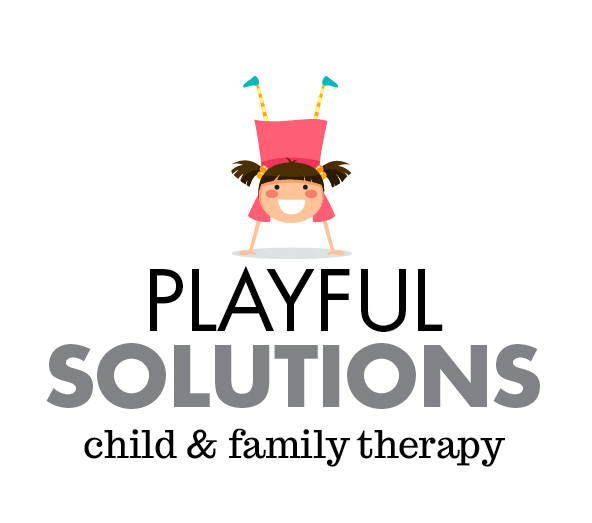Play therapy defined
As adults, we view therapy as a time to “talk out” our feelings. Children, however, are not always equipped with the skills or language to understand and verbalize their feelings. Rather than relying on words, children often use play instinctively to process both environmental stress and inner conflict. Play can allow them to express thoughts or feelings when words fail them. Gary Landreth, an internationally recognized play therapist, states it simply as, “Toys are like words to children, and play is their language.”
Play therapy can help children make sense of bothersome or confusing events they may have been exposed to and can also help to ease anxiety, worry, or fear. It can also helps them to master skills, problem solve, and think creatively, thus boosting self-esteem. Play therapy has been shown to be effective with a wide variety of social, behavioral, and emotional challenges including (but not limited to) ADHD, anxiety, depression, poor social skills, trauma such as domestic violence or abuse, grief and loss, adjustment to life changes such as a move or a divorce, anger issues, and behavior problems.
Toys & techniques
Toys in Kimberly’s play therapy room are carefully selected to serve a purpose such as mastering skills, fostering creativity or imagination, nurturing, and processing real-life situations. A simple example might include a dollhouse with miniature people. A child who recently lost his house in a fire, might gravitate towards that playhouse and re-enact his experience many times. As a trained play therapist, Kimberly would provide a safe environment for the child to express his strong emotion and help him process his feelings about the traumatic event. Over time, the intensity of his emotions would lessen and Kimberly would help him to establish a feeling of safety and security through various play therapy interventions.
Kimberly’s play therapy techniques will vary depending on the age and personality of the child. Younger children may tend to be drawn to the toys, but Kimberly also uses games, sand tray, and art as other means of self-expression for older children and teens.
Credentials
Being able to call oneself a “Play Therapist” requires more than just knowing how to play. Registered Play Therapists must hold a license in a mental health field (Kimberly’s is in Social Work). They must also obtain a minimum of 150 hours of specialized play therapy training approved by the Association for Play Therapy, 500 hours of supervised play therapy experience, 50 hours of play therapy supervision, and 24 hours of continuing education in play therapy every 3 years.

